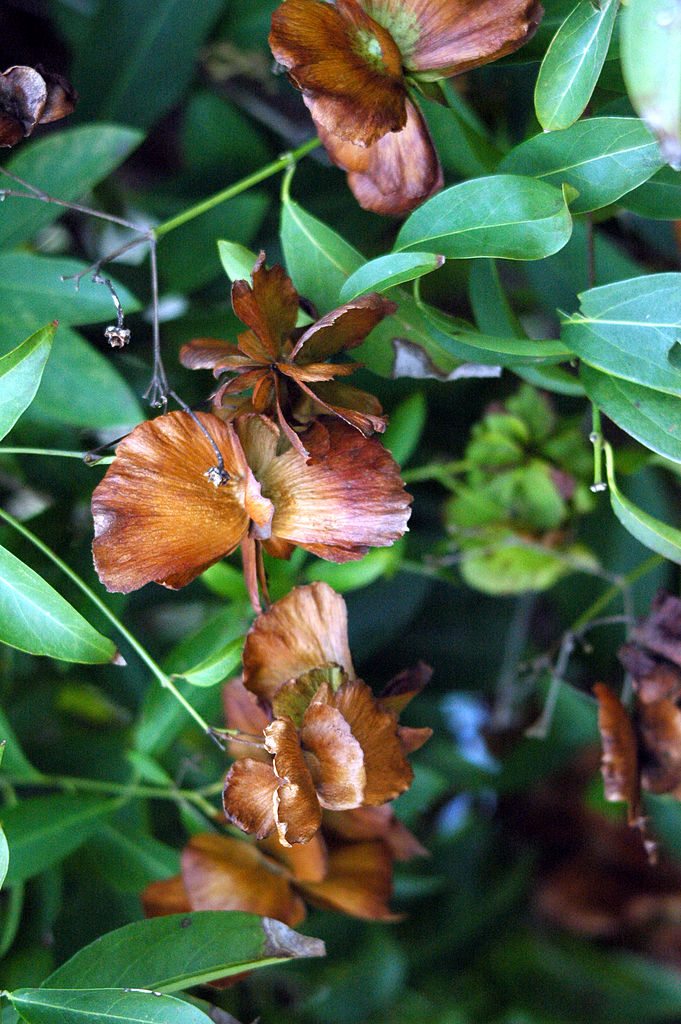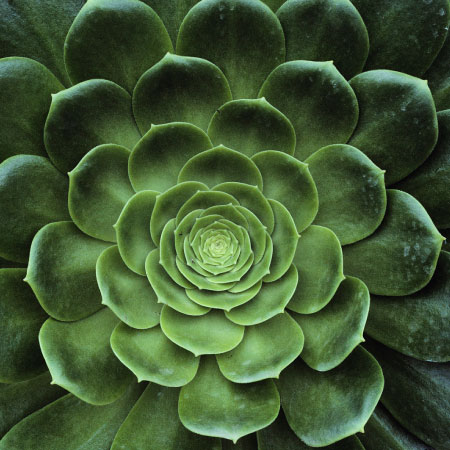Tips On Growing Butterfly Vines – How To Care For A Butterfly Vine


Butterfly vine (Mascagnia macroptera syn. Callaeum macropterum) is a heat-loving evergreen vine that lights up the landscape with clusters of intense yellow blooms in late spring. If you play your cards just right, these gorgeous specimens, also known as yellow orchid vines, will reward you with a second blast of color in autumn, and maybe even throughout the growing season. Want to know more about growing butterfly vines? Read on!
Butterfly Vine Information
Butterfly vines add interest to the landscape, even when it isn’t blooming. How? Well, because the orchid-like blooms are soon followed by lime green seed pods that eventually turn a soft shade of tan or brown. The papery pods resemble green and brown butterflies, which are responsible for the vine’s descriptive name. The foliage remains green and glossy year-round, although the plant may be deciduous in cooler climates. Yellow orchid vines are suitable for growing in USDA growing zones 8 through 10. However, this fast-growing vine works well as an annual in cooler climates and looks great in a container or hanging basket.
How to Care for a Butterfly Vine
Butterfly vines love baking heat and thrive in full sunlight; however, they also tolerate partial shade. The vines aren’t choosy and do fine in nearly any well-drained soil. When it comes to water, butterfly vines require very little once established. As a general rule, water deeply once or twice a month during the growing season. Be sure to saturate the soil around the root zone. Train butterfly vine to grow up a fence or trellis, or just leave it alone and let it sprawl to create a shrub-like mound of color. Butterfly vine reaches heights of up to about 20 feet (6 m.), but you can trim it as needed to maintain the desired size and shape, or to reign in rambunctious growth. Cutting the plant down to about 2 feet (61 cm.) in spring will reinvigorate yellow orchid vines. Pests and diseases are rarely a problem for this hardy vine. No fertilizer is required.
Gardening tips, videos, info and more delivered right to your inbox!
Sign up for the Gardening Know How newsletter today and receive a free copy of our e-book "How to Grow Delicious Tomatoes".

A Credentialed Garden Writer, Mary H. Dyer was with Gardening Know How in the very beginning, publishing articles as early as 2007.
-
 Looking For Plants To Give You The Soft And Fuzzies? Try These 5 Fuzzy Leaf Plant Options
Looking For Plants To Give You The Soft And Fuzzies? Try These 5 Fuzzy Leaf Plant OptionsLovers of texture, drama, silver foliage and tactile plants will adore these special sensory garden additions. These fuzzy leaf plant options will leave you all aglow
By Susan Albert
-
 Get Ready For A Summer Of Hummers! Grow These Full Sun Hummingbird Plants and Flowers
Get Ready For A Summer Of Hummers! Grow These Full Sun Hummingbird Plants and FlowersIf you’re lucky enough to enjoy a sunny backyard, make sure you are maxing out on your pollinator opportunities and grow these full sun hummingbird plants and flowers
By Tonya Barnett